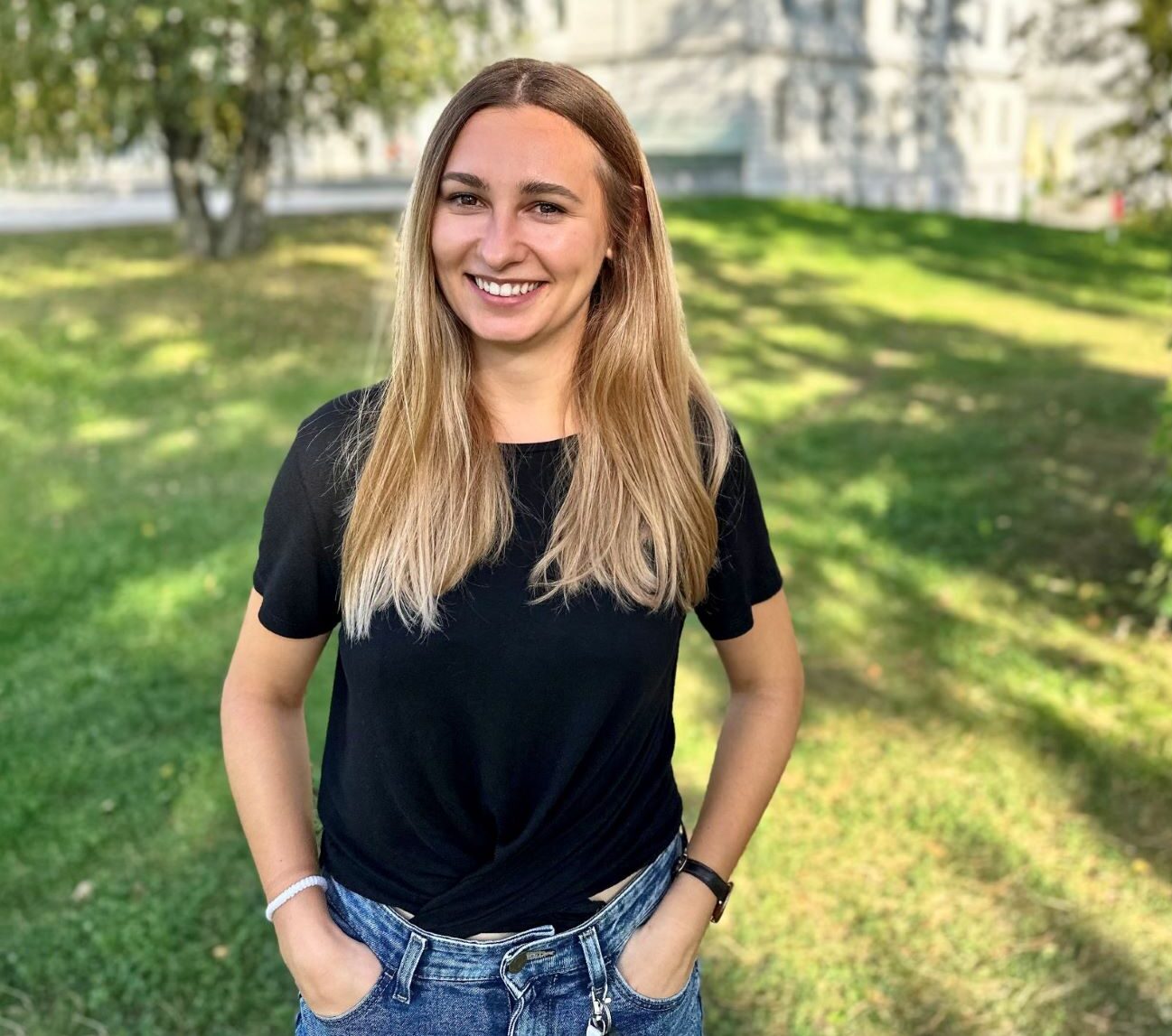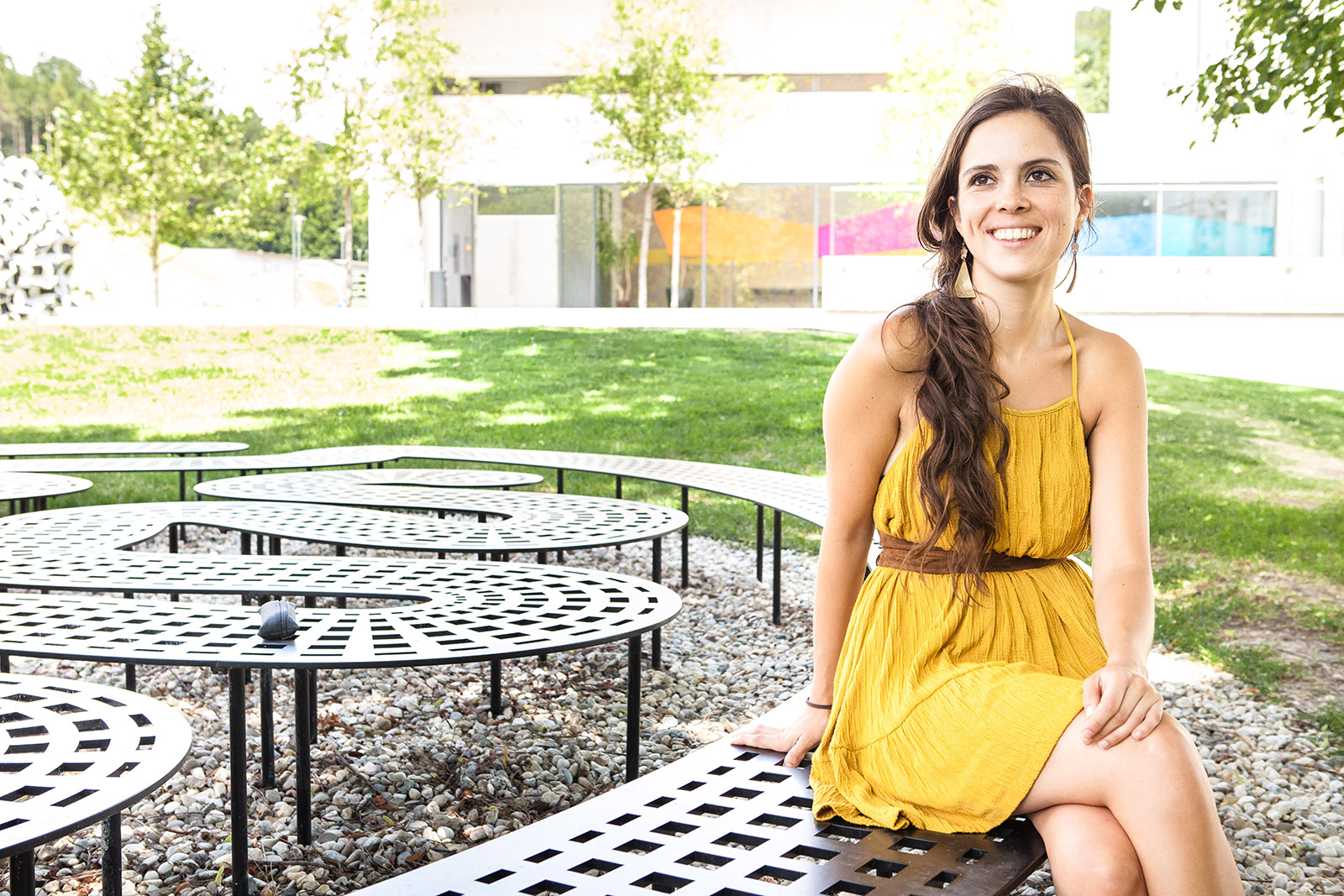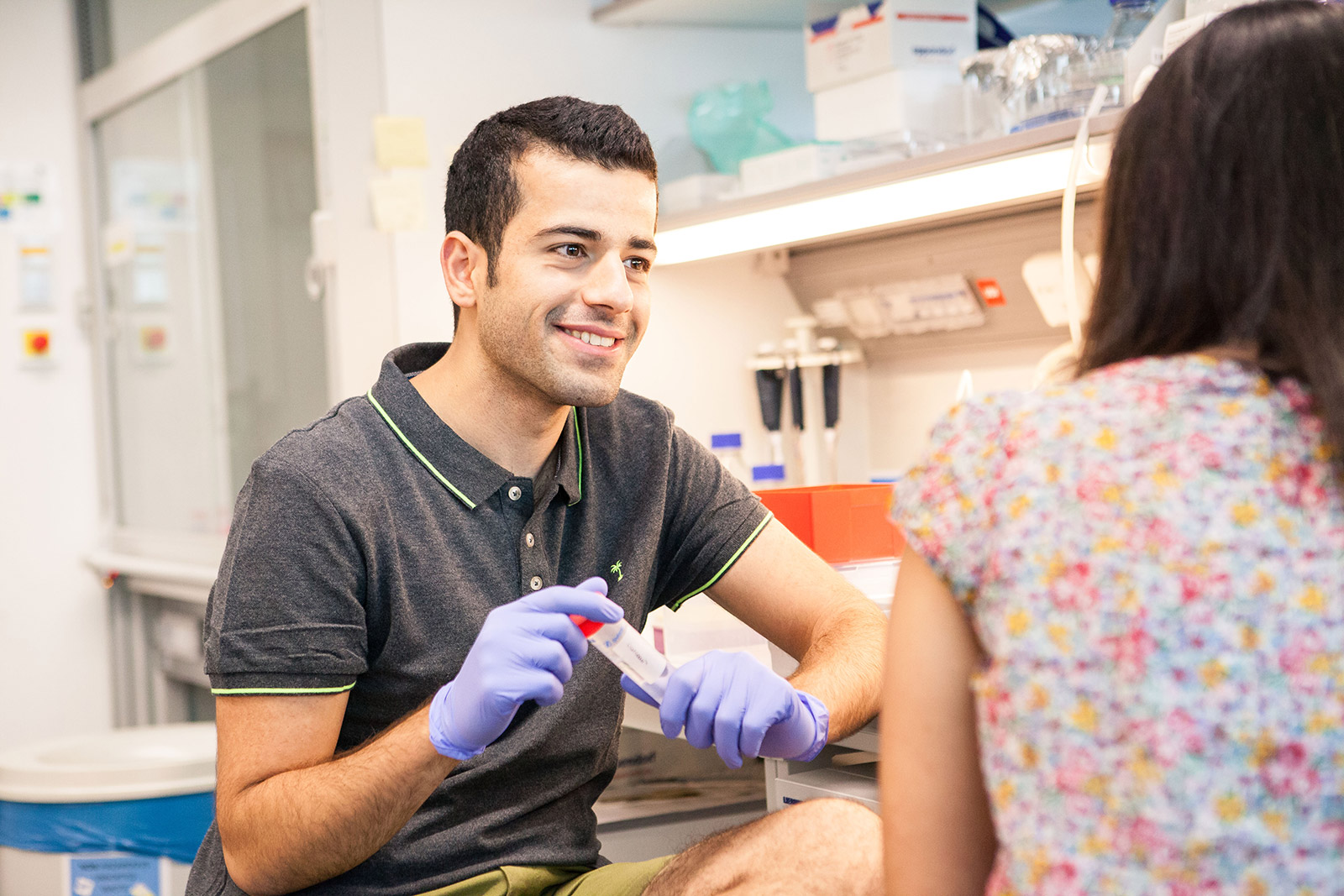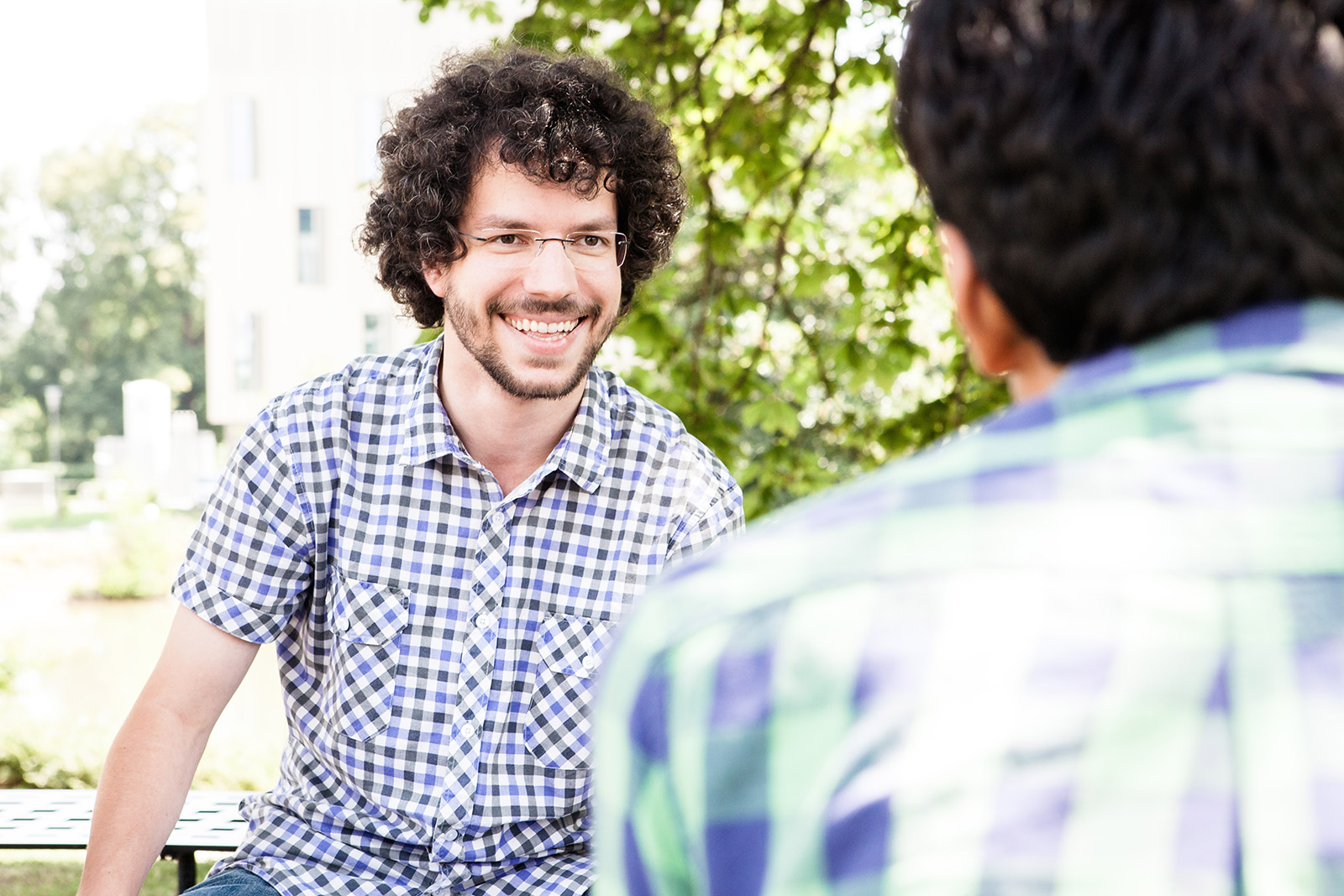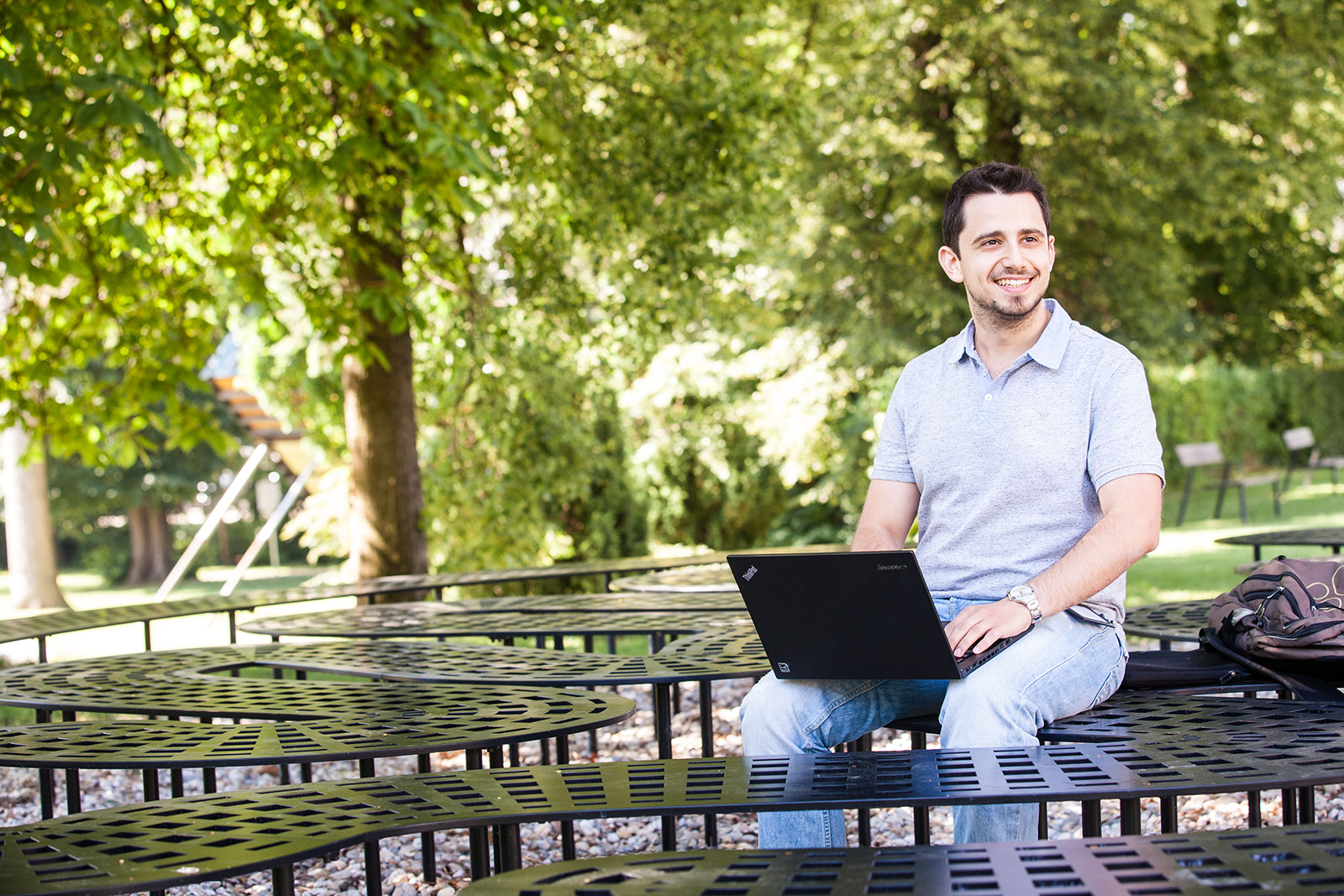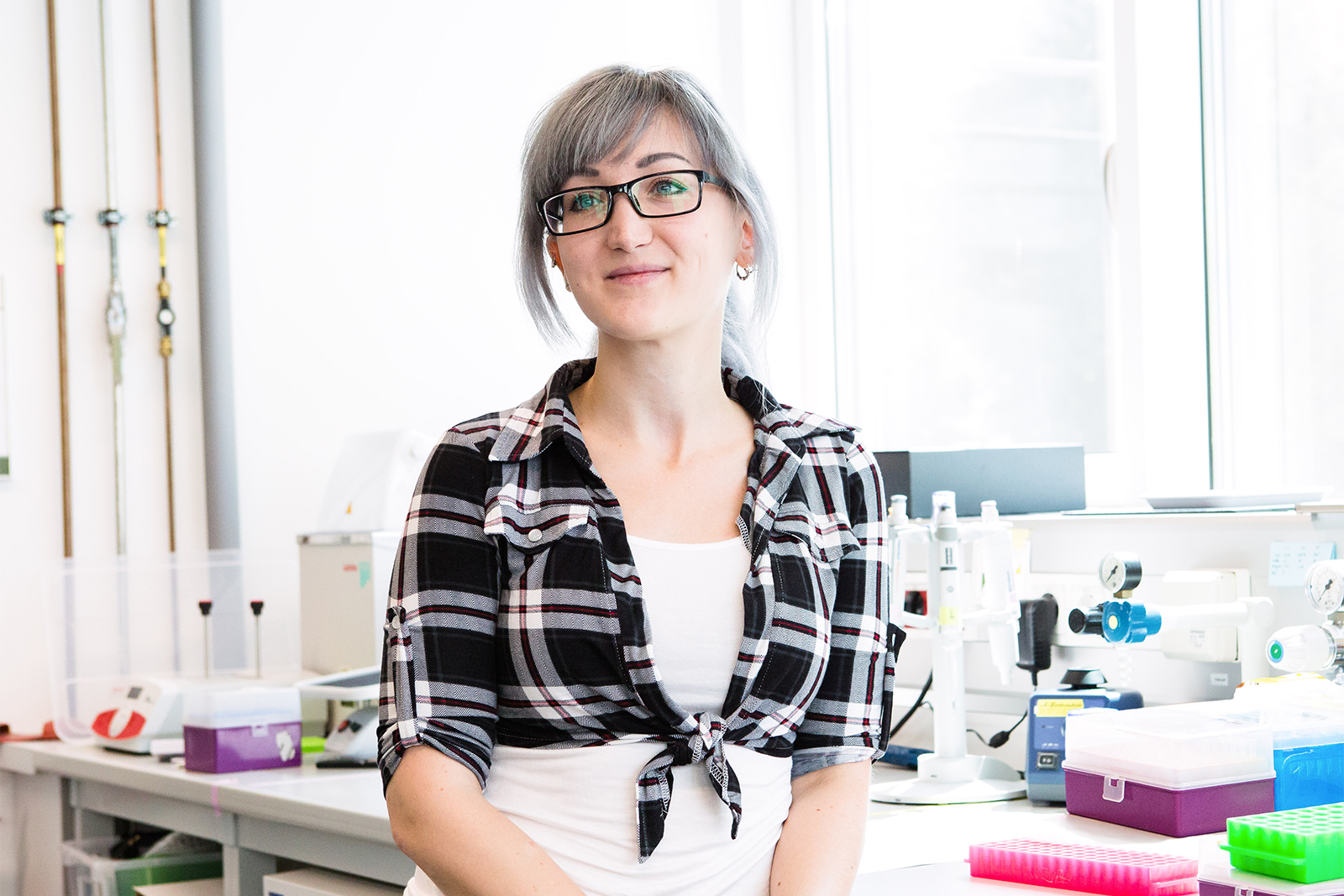Testimonial from the Student Representative of the Neuroscience track at ISTA, Silvia Jamrichova
The driving force behind choosing science is a profound passion for understanding the world, particularly the intricate nature of the brain.
I think that creating knowledge is a beautiful way of contributing something to our society and indirectly for helping people, such as my former patients.
By taking courses such as statistics and modeling, I hoped to fill the gap between my background in engineering and biophysics. Overall, the first year at ISTA was a great help to me in choosing the field of computational and experimental cell biology for my PhD.
I realized that thinking about math problems is not only a lot of fun but also an amazing social experience.
Talking to people is very important, so I discuss the next steps, published articles on the subject, getting feedback, and also try to learn about what others in my lab or my friends are working on.
The best thing about ISTA is the interdisciplinary environment, which allows me to learn skills from different disciplines. There are plenty resources here which allow me to apply a variety of methods for my research.
The English speaking work environment favors a more informal way of communication; people are treated equally and expertise is shared between everyone – undergrads, PhD students, post docs and PIs.
Testimonial from Anna Sisak, Mathematics PhD Graduate
Why did you choose ISTA?
ISTA was recommended to me by a friend. I chose it because of the good working conditions and because it is quite close to Hungary, where I am from. Most importantly, I wanted to work with Professor Tamas Hausel, who became my supervisor.
Are there any principle investigators (PIs) or staff who have had a positive impact on your ISTA experience?
I spent four years under Professor Tamas Hausel’s supervision and learned a lot from him about the mathematics field. I would also like to mention our mathematics track representative Professor Tim Browning who was always available when we needed extra guidance or academic support. I was also part of sustainability initiatives led by the ISTA sustainability manager Jeroen Dobbelaere. I think his work is inspirational and really valuable for the future of the institute.
What’s life in Vienna like?
Living in Vienna, I can attest that it is one of the most livable cities. I especially love going to the Neue Donau in the summer for a swim and taking advantage of the developing bike infrastructure in and around the city. In the autumn, there are many great hiking areas around and you can also visit some wineries on the way.
What advice would you give to a prospective student?
ISTA provides a unique opportunity to find community between your peers. My advice is to make friends with people outside of your field and try to be active in the life of the institute. Take part in the student government, organize seminars, conferences, or give talks. Of course, research comes first, but sharing your experiences and achievements with people helps with the struggles of academia.
What is a favorite memory you have from ISTA?
I think my greatest experience is an ongoing one. I see that when people ask for change and come up with constructive ideas, the institute accommodates these requests. For example, we managed to incorporate vegan food in the cafeteria and the shuttle buses from Vienna to campus are becoming more regular. I also love the MIX Colloquium organized by mathematician PhD students to present our research to peers.
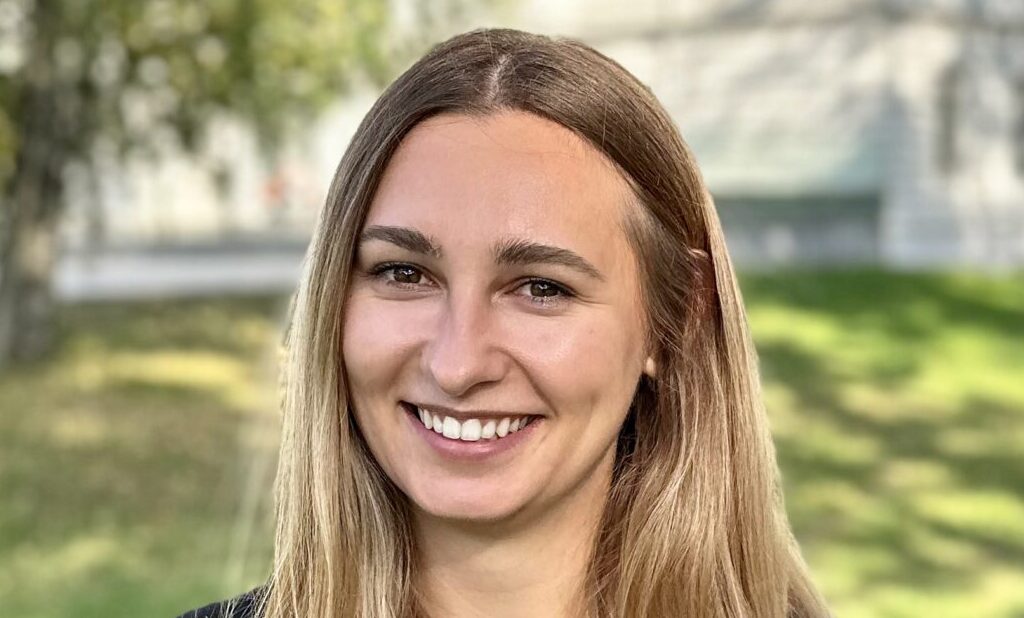

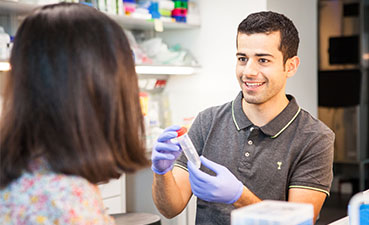


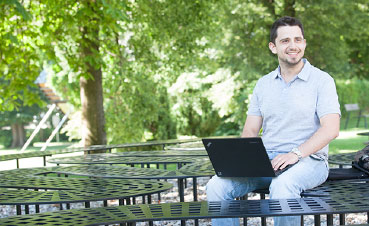
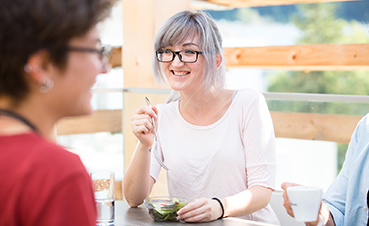
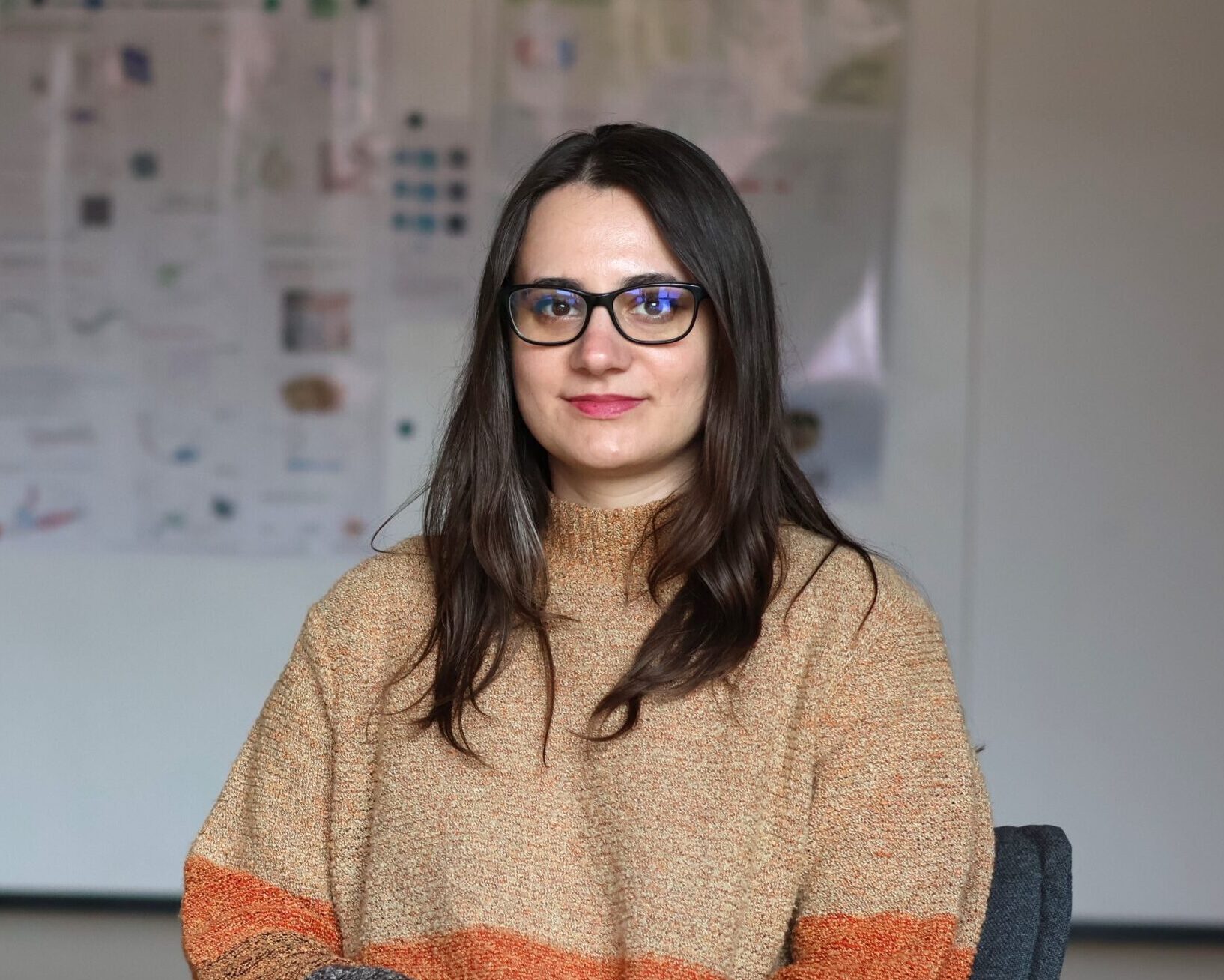
Cultivating Independent Thinkers
Being a successful scientist today requires an appreciation of different research cultures, methodologies, and ways of thinking. Within the Graduate School, our key mission is to support students to become independent thinkers in their own right.
Diverse Individual Trajectories
What is special about the ISTA PhD curriculum is its flexibility—students come in with different goals and are able to shape their own education and research trajectories. Some students come to ISTA looking to explore, while others have a clear idea of where they want to go. Our program accommodates both.
Explore the student profiles above to find out about the diversity of our PhD students and what their daily life at ISTA is like.

